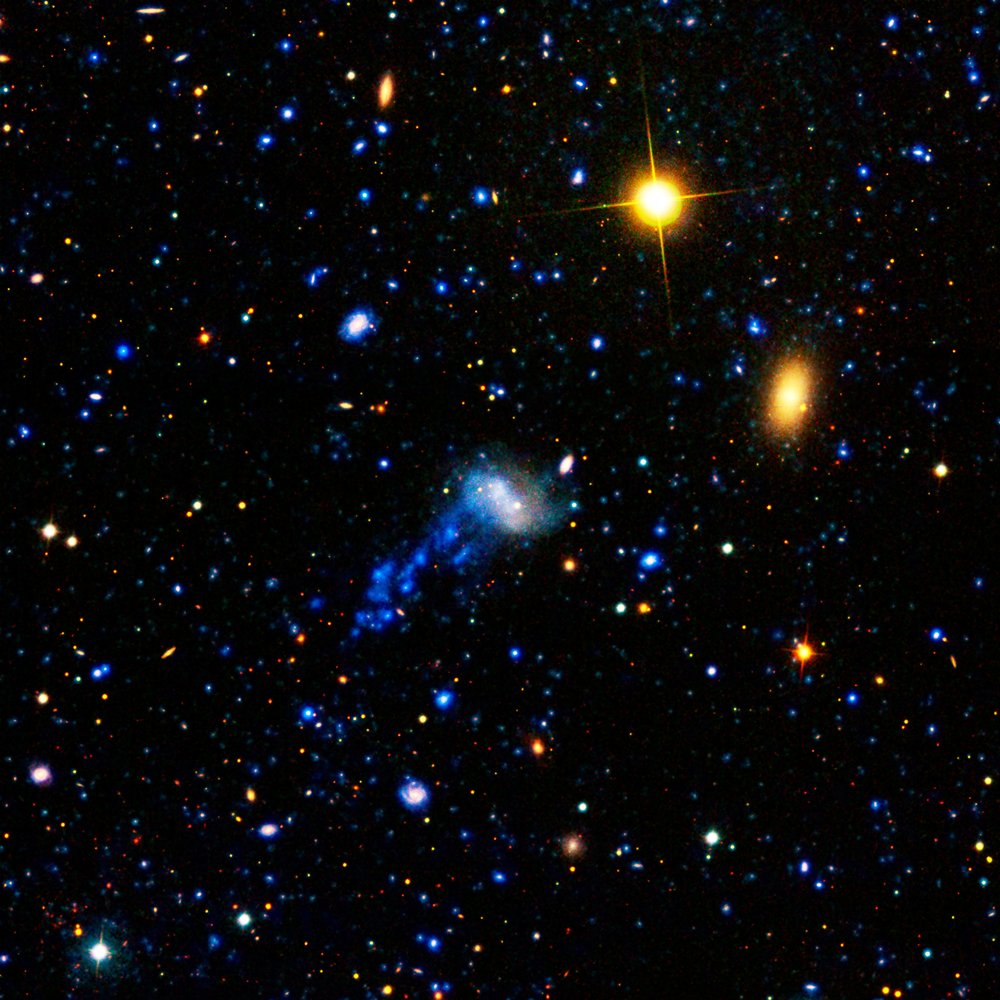 Ultraviolet light is a type of light or electromagnetic radiation that has a shorter wavelength than that of visible light. The primary source of ultraviolet light is the sun; it can also be found in electric arcs and in specialized lights. Far ultraviolet on the other hand is ultraviolet light with a wavelength range of 200nm ? 122nm (nanometers).
Ultraviolet light is a type of light or electromagnetic radiation that has a shorter wavelength than that of visible light. The primary source of ultraviolet light is the sun; it can also be found in electric arcs and in specialized lights. Far ultraviolet on the other hand is ultraviolet light with a wavelength range of 200nm ? 122nm (nanometers).
Other ultraviolet ranges are:
Near ultraviolet, with a wavelength of 400nm ? 300nm
Extreme ultraviolet, with a wavelength of 121nm-10nm
Near ultraviolet (NUV) is the one closest to visible or optical light, while extreme ultraviolet is the farthest from visible light and closest to x-rays. Extreme ultraviolet (EUV) also contains more energy per photon than near or far ultraviolet light. Far ultraviolet (FUV) lie in between the near and extreme regions of ultraviolet light; and is the least explored among the three regions. Ultraviolet light have many uses including: sterilization, tanning, detecting forged money, and as fluorescents.
In astronomy, a space-based telescope was made to detect far ultraviolet light (since this spectrum is mostly undetectable by other telescopes). This telescope was named the Far Ultraviolet Spectroscopic Explorer or FUSE for short. Far ultraviolet astronomy aims to study astronomical problems that present themselves in the range of far ultraviolet spectrum; such as the properties and function of deuterium, an element commonly associated with the growth of our Solar System.
NOTE:
A Nanometer is equivalent to one billionth of a meter.
